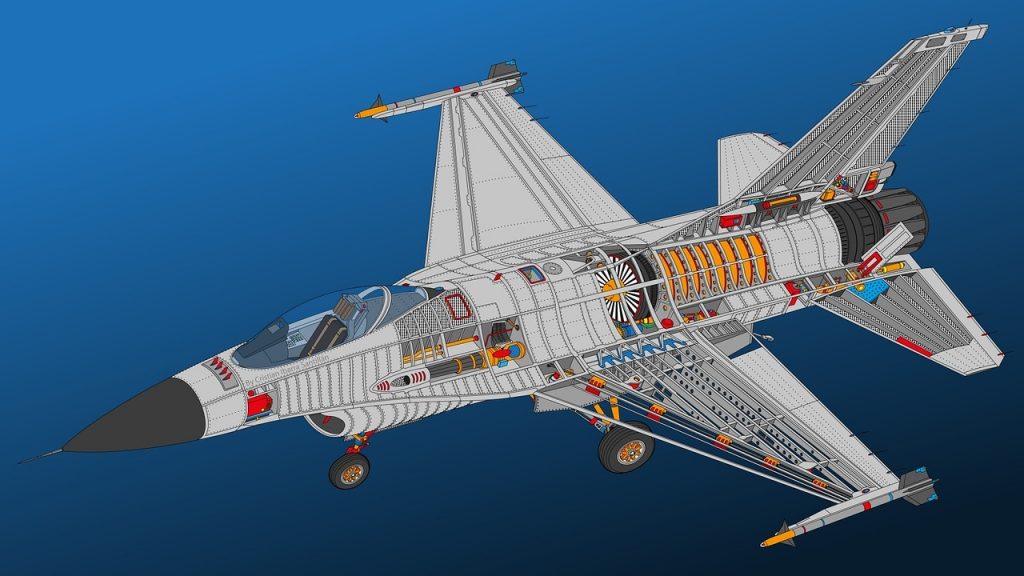The Contribution of Technology In Modern Weapons And Warfare
The atomic bomb used against Hiroshima is said to have been both the first modern weapon and the last of the old. The bomb was new in the sense that it demonstrated in a single, horrible moment the devastating and destructive power of sophisticated technology. The bomb was less than modern in the sense that ancillary equipment upon which its effectiveness depended was developed independently.

The Charactertistics of Modern Technology In Warfare
The characteristic of modern weapons is that they are increasingly developed as integrated systems. This is in the same way that technology has become increasingly imprinted in businesses. Some of the examples of weapon development includes weapons delivery mechanism, logistic support, crew training facilities and deployment tactics. It is also worth noting that modern warfare tech is designed to meet a variety of potential and real threats
For an instance, the Armored Personnel Carrier (APC) was initially conceived as a lightly armored troop transporter which would provide tanks with an infantry screen in order to protect the tanks from enemy infantry infiltration and attack. However, because the APC was expected to operate in the same battlefield as the tank, it soon acquired a large caliber gun to protect itself from enemy tanks, an antiaircraft gun, extra armor, protective equipment for nuclear and chemical warfare, and elaborate target acquisition and communications equipment.
Modern warfare technology is designed to operate in or to have effects upon environments not previously thought to be part of warfare. Some of these include the nuclear submarines patrol polar icecap, submarine detection devices are implanted in the ocean’s floor, and satellites provide global surveillance, navigation and communications capabilities.
These design characteristics of modern weapons often result to development of costly and complex weapons. This is why to read more about 444 is necessary. Also, development costs for modern weapons can approach production costs, and their combined operations and maintenance costs often exceed their combined development and production costs.
There are many issues arising in the constant need to modernize a country’s warfare technology. For one, competing for scarce resources, proponents of particular weapon systems, including scientists and engineers who are often the initiators of new weapon projects, tend to exaggerate the military benefits that are likely to accrue from the developments they propose and to depreciate the technological and political risks that are likely to be involved in such developments.
Some commentators on military research appear susceptible to classification as technological determinists, as common assumption among them being that what is feasible in weapon technology will be produced.

